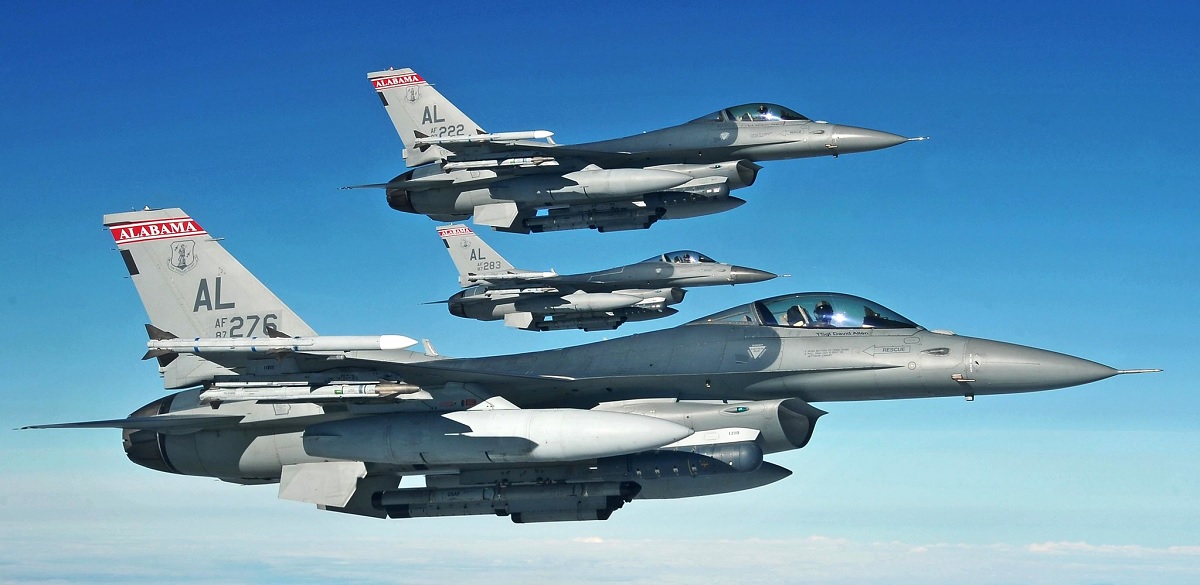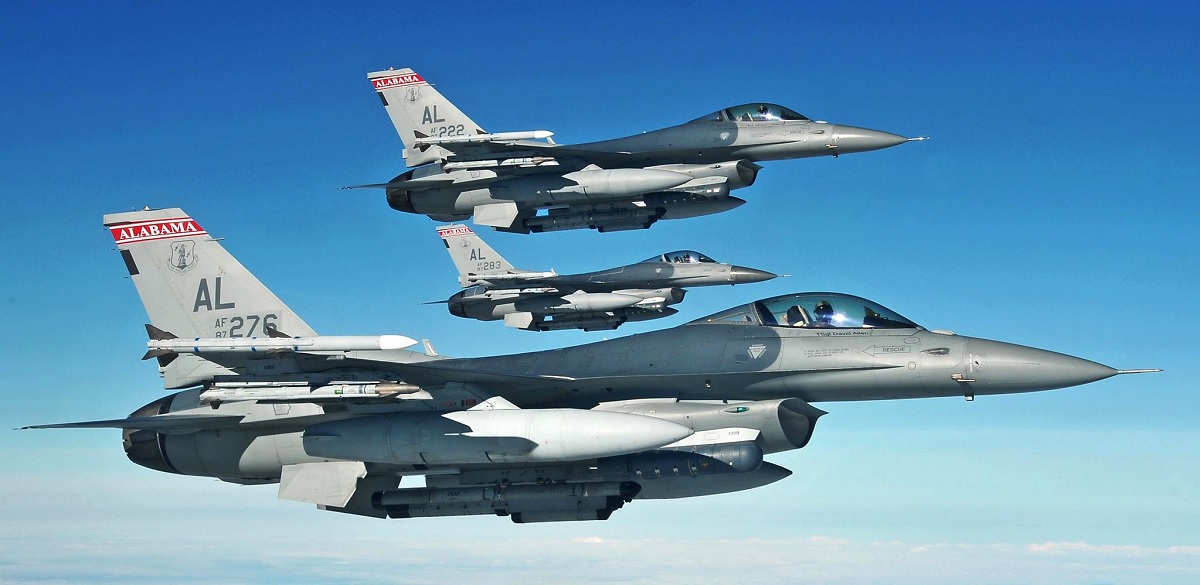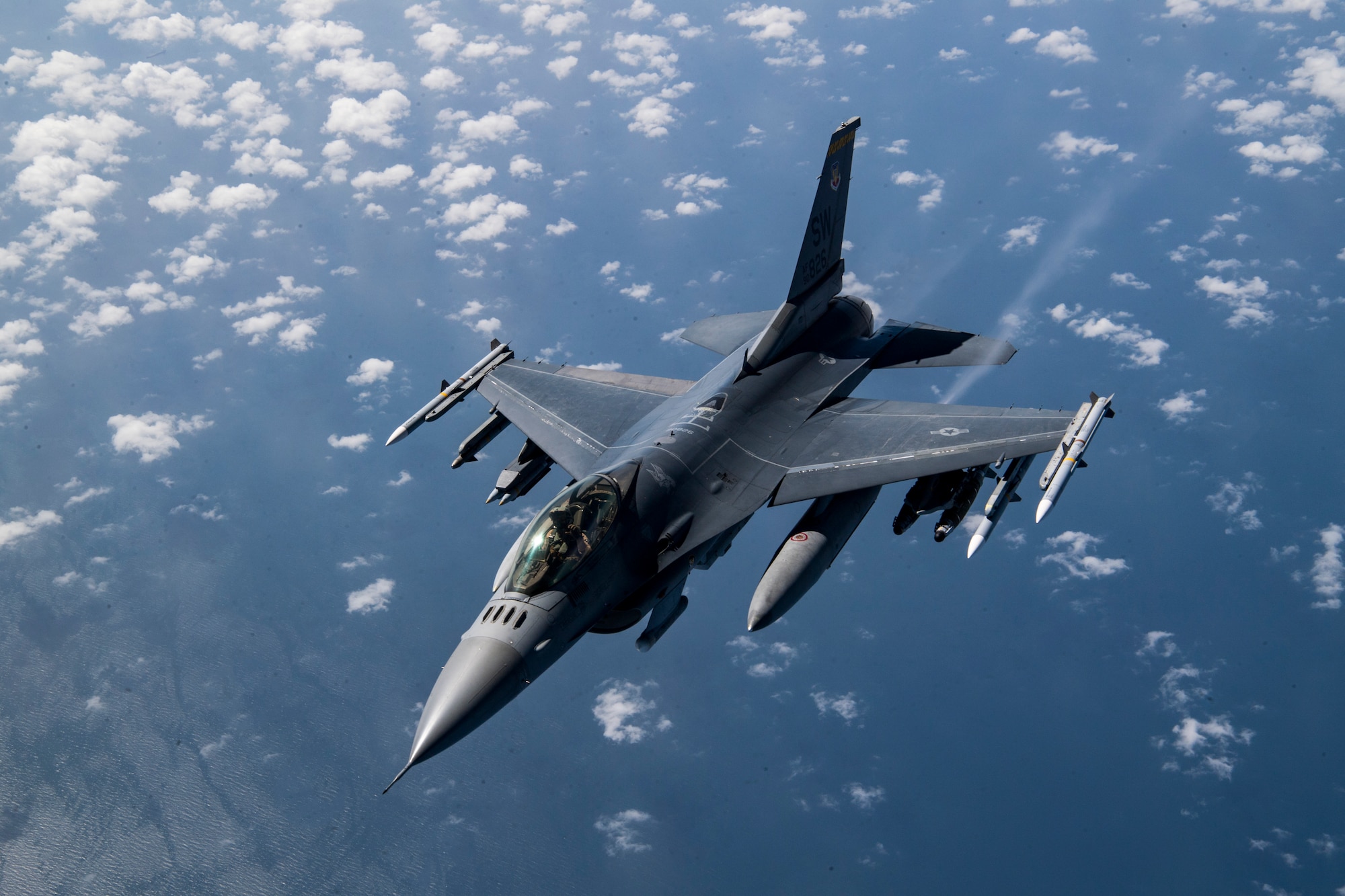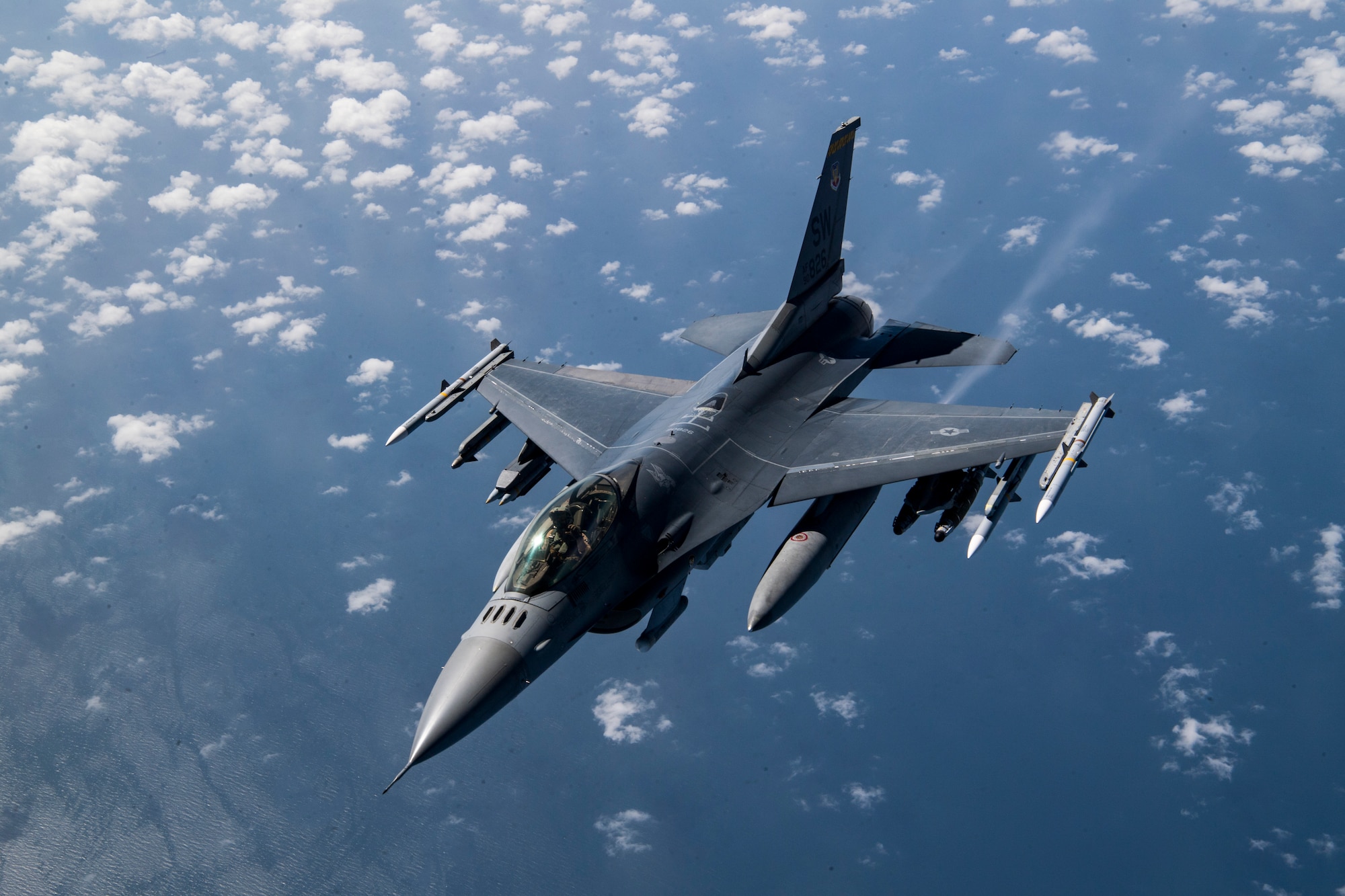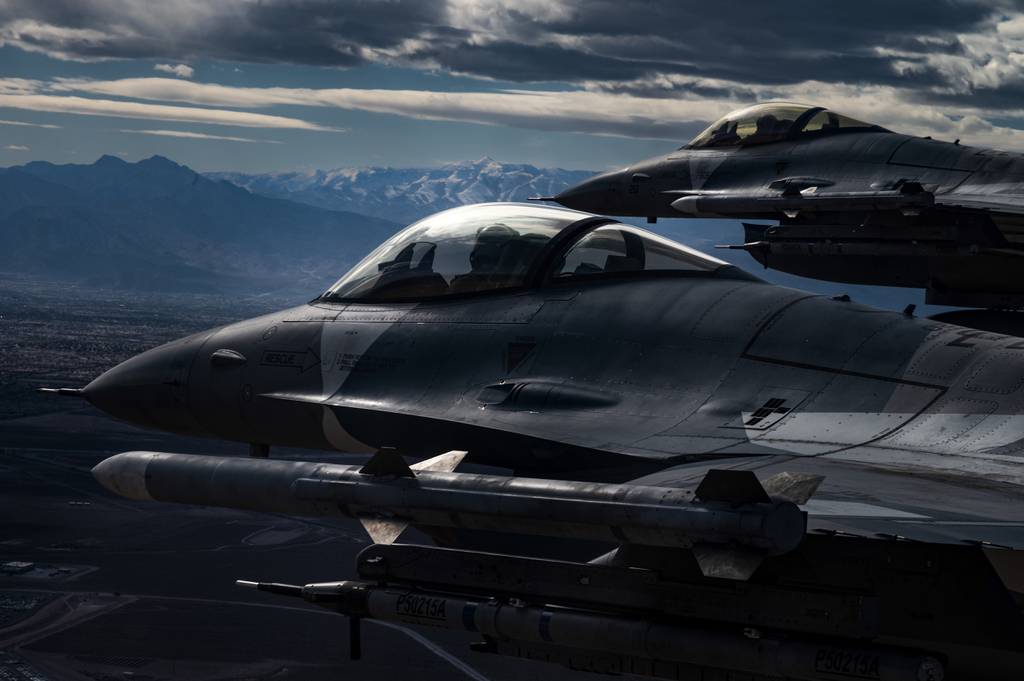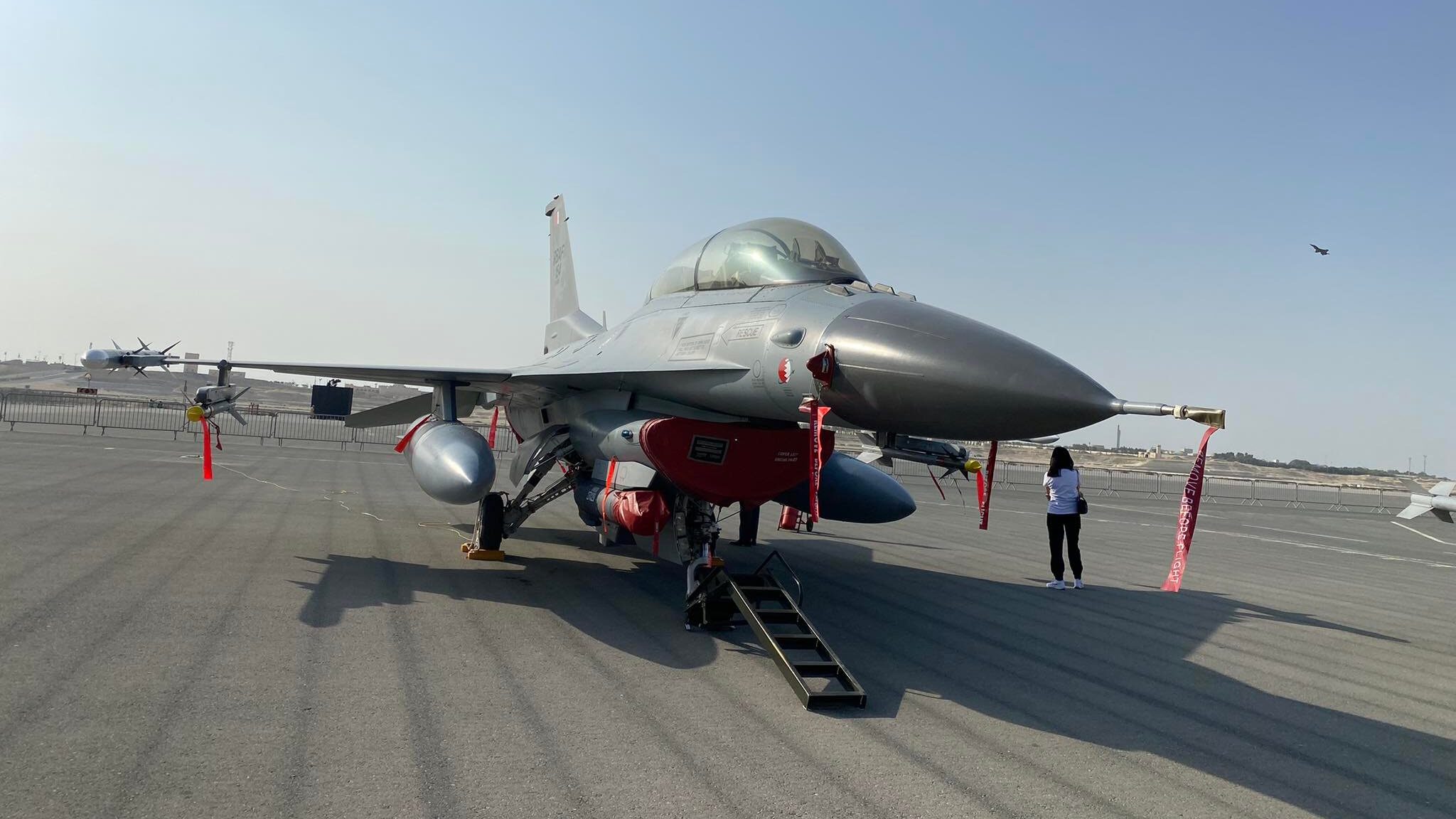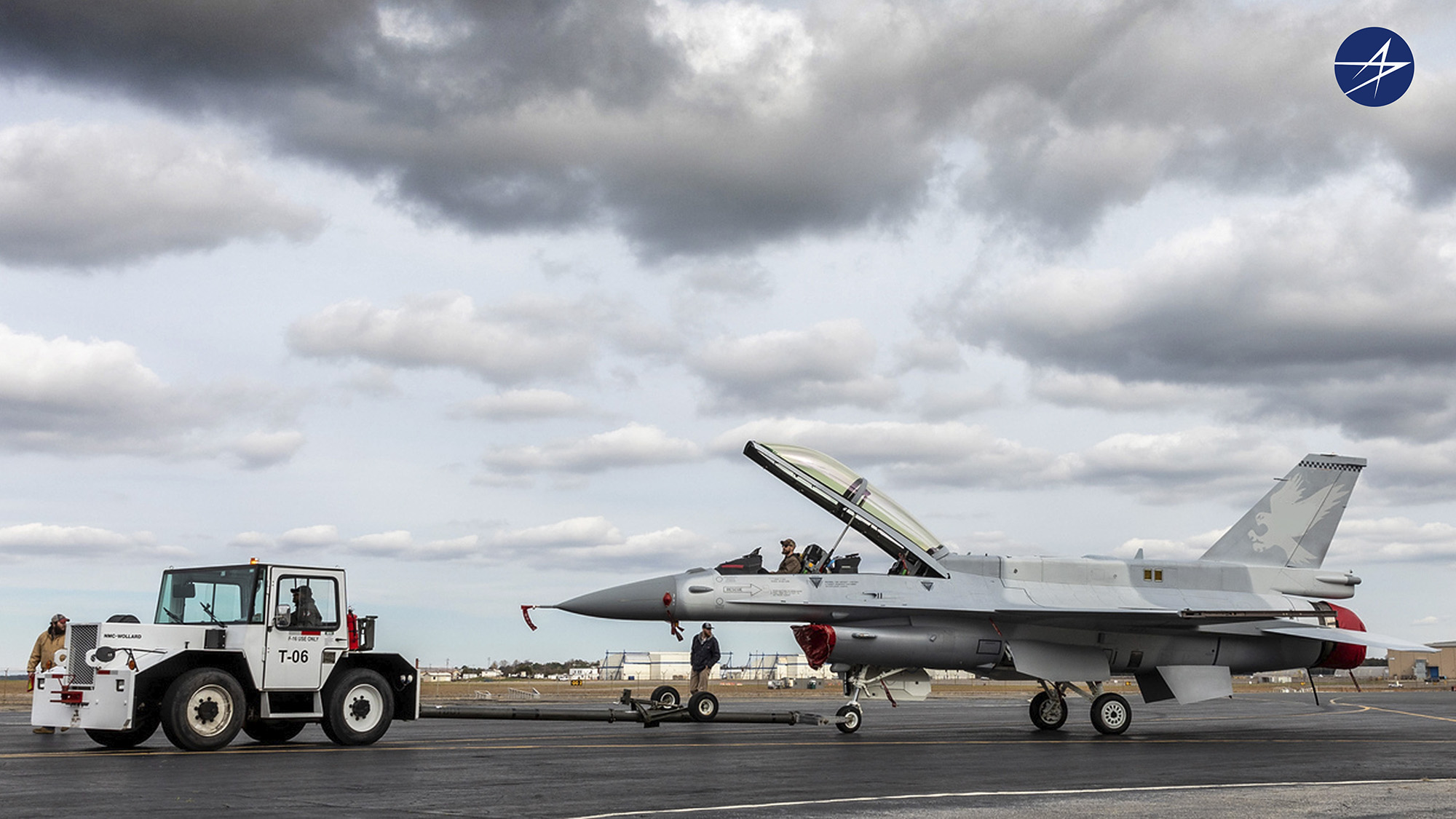Congress signals openness to Turkey F-16 sale amid Ukraine cooperation
Bryant HarrisMay 4, 11:51 AM
Source: Defense News
WASHINGTON — Turkey’s 2017 purchase of Russia’s S-400 missile defense system notoriously turned it into a pariah on Capitol Hill, prompting Congress to lead the way in kicking Ankara of the F-35 stealth fighter jet program.
But Turkey’s support for Ukraine, most notably via the export of armed drones and diplomacy with Russia, has presented Ankara with an opportunity to bolster its tarnished image in Congress. If it plays its cards right, the NATO ally could convince Congress to allow a roughly $6 billion purchase of 40 Block 70 F-16 fighter jets and approximately 80 modernization kits from Lockheed Martin to upgrade its existing fleet.
Several key lawmakers who proved instrumental in expelling Turkey from the F-35 program have cautiously signaled to Defense News that they may be inclined to allow Ankara to purchase the F-16s after the Biden administration suggested that such a sale could serve NATO and U.S. security interests.
Still, Congress wields considerable power in blocking potential arms sales and lawmakers made clear that an F-16 transfer would be contingent on Turkey continuing to support Ukraine even as it tries to strike a tricky balance in its relationship with both the United States and Russia amid a myriad of other regional disputes.
“We need to talk and work with Turkey and others that are working with us against Russia,” House Foreign Affairs Committee Chairman Gregory Meeks, D-N.Y., told Defense News. “They’ve shown some movements in the right direction. There’s other things that we still need to work with Turkey, certain things that still irritate us at times.”
Meeks did not assume chairmanship of the Foreign Affairs Committee – a position that allows him to block arms sales – until 2021, well after Congress first codified Turkey’s expulsion from the F-35 program in the 2019 government funding bill.
Other Democrats and Republicans who fought tooth and nail to legislate Turkey out of the program have also signaled that they would not use their power to block a potential F-16 sale.
“I’ve talked to several of the parties involved in this,” Sen. James Risch, R-Idaho, the ranking member of the Foreign Relations Committee, told Defense News. “The Turks have made a credible argument for why they should get the F-16s.”
“I’m positively disposed in that direction, but I’m not completely there yet,” he added.
Turkey has steadily maintained a fleet of the older F-16s since the 1980s as Ankara seeks an upgrade.
Risch also emphasized that the F-16s are “a different case” than allowing Turkey to receive the F-35s.
Washington blocked the transfer of the advanced F-35 fighter jets to its NATO ally out of
fear that the S-400′s powerful radar system would allow Russia to spy on the state-of-the-art aircraft, thereby compromising the technology.
The S-400 purchase also prompted the United States to sanction Turkey’s military procurement agency in 2020, as required under a Russia sanctions law. But President Recep Tayyip Erdogan has sought a détente with its NATO allies in recent years.
The office of Rep. Mike McCaul, R-Texas, the ranking member of the House Foreign Affairs Committee, told Defense News: “We expect Turkey to continue standing with its NATO allies who are in lockstep in supporting Ukraine as it defends its homeland.”
“The war in Ukraine is not over,” McCaul’s office said. “We expect that should the administration seek congressional authorization for this sale, Turkey will still be playing a constructive role in the conflict, but also addressing concerns over Turkey’s role in other global conflicts.”
At home, Erdogan has framed his push for the F-16 sale as potential compensation for Turkey’s sunk investments following its expulsion from the F-35 co-production program. And he pushed Biden on the sale during a meeting last October.
National Security Adviser
Jake Sullivan went out of his way last week to thank Turkey for helping secure imprisoned U.S. Marine Trevor Reed’s release from Russia.
“We need a relationship with Turkey; we need to find some way to build that back,” House Armed Services Committee Chairman Adam Smith, D-Wash., told Defense News. “The president’s probably spot on in terms of trying to balance it. It’s hard because the S-400 complicated our relationship in many ways, but it’s not a relationship we can walk away from.”
Smith and a bevy of lawmakers passed legislation codifying Turkey’s ban from the F-35 program in the annual defense authorization bill – language that remains on the books.
Reuters reported last month that the State Department sent a letter to Congress finding that “there are compelling, long-term NATO alliance unity and capability interests, as well as U.S. national security, economic and commercial interests, that are supported by appropriate U.S. defense trade ties with Turkey.”
The letter came in response to a query from Rep. Frank Pallone, D-N.J., and a bipartisan group of more than 50 other House members as they urged Secretary of State Antony Blinken and Defense Secretary Lloyd Austin to reject the F-16 sale for Turkey.
The Energy and Commerce Committee, which Pallone chairs, does not have jurisdiction over arms sales. But the senior senator from Pallone’s home state of New Jersey, Democrat Bob Menendez, is in a position to unilaterally block the F-16 sale given his status as Foreign Relations Committee chairman.
“At some point we have to decide is Turkey the type of NATO ally that we expect or not,” Menendez told Defense News. “It acts in ways that are contrary to our interests in a whole host of things. I think the administration has to stop seeing from the aspirational part of what we would like Turkey to be and realize that Turkey is under Erdogan.”
Menendez infuriated Turkey in 2020 by shepherding legislation to partially lift a decades-old arms embargo on Cyprus into law, the same year that the House and Senate both passed resolutions recognizing the Armenian genocide for the first time.
While the Ukraine crisis has presented a unique opportunity for Turkey to turn its tattered reputation around on Capitol Hill, Menendez and several lawmakers continue to lambast Ankara over tensions in the Eastern Mediterranean as well as its military role in conflicts spanning from Armenia and Azerbaijan to Syria and Libya.
Bryant Harris is the Congress reporter for Defense News. He has covered the intersection of U.S. foreign policy and national security in Washington since 2014. He previously wrote for Foreign Policy, Al-Monitor, Al Jazeera English and IPS News.
